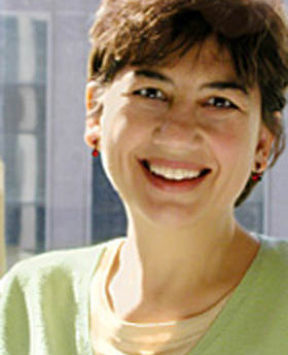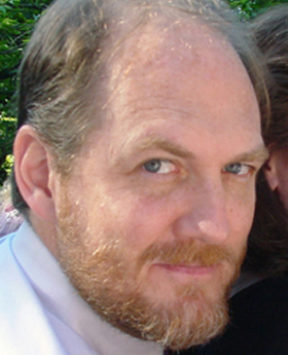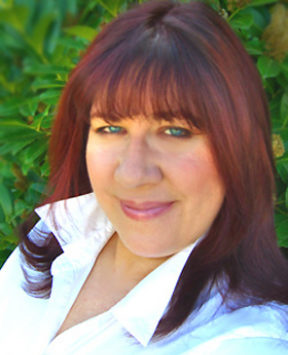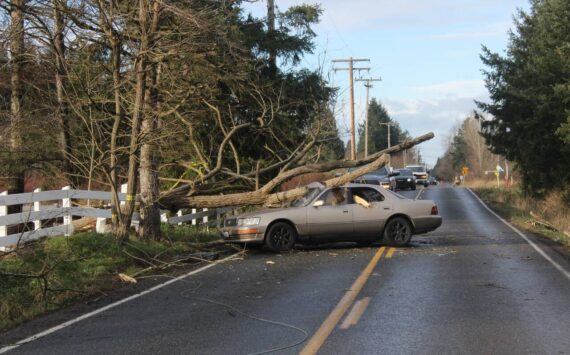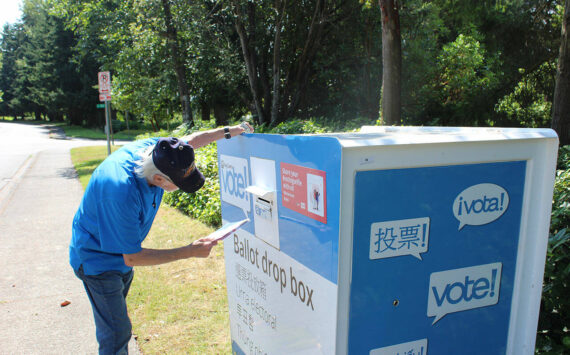If youve ever been involved in designing a Web site, chances are youve asked coworkers, friends or family the big question: How does this site look to you?
The challenge of asking the question is whether or not you are up to hearing the answers.
Case in point: Youve been asked to gather a team to build a Web site for your company.
Youre barraged with a constant stream of other peoples opinions about how to make the site better.
The development team is being pushed to make the site cool instead of useful.
Perhaps your designers have little or no contact with who you want as your audience.
Then the workplace tension really heats up as conflict mushrooms between different departments: content design, marketing, graphics, or development
A whole industry has grown from this question: Web site usability testing.
Experts watch the average Joe navigate through a site and analyze how lost they get.
Then the site designer will get a lot of guidance on how to make their Web site usable.
This column continues a conversation, started in last Fridays Tacoma Daily Index Tech column, with usability consultant Steve Krug. Krug has solved fundamental Web design problems for companies like Apple, AOL, Barnes and Noble, Excite@Home and Netscape, evaluating and improving their online Web site presence.
His Massachusetts-based consulting firm is Advanced Common Sense at: www.sensible.com.
He has recently written all his advice in his book Dont Make Me Think: A Common Sense Approach to Web Usability, currently ranked at Amazon.com in the top 200 books.
Krug offered to drill down deeper into usable Web design and share his take on effective navigation, the best use of images on a site, and the dichotomy of a site designer seeing their work as great literature while a site users reality is much closer to a billboard going by at 60 miles an hour.
Q: Lets look at the contrast between text-based sites and sites that use a lot of images. Are there advantages of going one way or another, or is there a happy medium?
Krug: A happy medium is the key phrase.
Ive done a lot of work with Roger Black, the designer, and he had a phrase – its the Beauty-to-Download issue.
I have nothing against Web pages being very attractive, but the graphics should serve the interest of the site and the user as much as the words do.
People go overboard thinking Well, it’s got to be really good looking. The fact is its possible to do sites that are very good looking and crisp and professional and attractive, but not full of graphics.
Graphic touches have a lot more impact than what I call Big Honking Graphics.
Q: My experience is people do have a tendency to take more action from text.
Krug: Exactly. People act on the text. What eye-tracking research has actually shown is graphics do attract your eyes to a location and you then read the text that is next to the graphic.
So if you have your lead story and place a small picture next to it, peoples eyes will tend to go first to that graphic, but then right after that they start parsing the words right next to it to interpret that graphic.
Q: What are some tips you have to design good navigation on a site?
Krug: Youre trying to guide people to what youve got, so navigation helps them to get there.
But the other thing navigation does that no one ever talks about is it reveals what youve got. Its kind of like a table of contents. It fairly concisely tells people what theyre going to find on the site. It tells you where you are on the site since there is no real sense of physical direction on a site.
Q: When you say where you are on the site, what do you mean from a design standpoint?
Krug: There is actually one design rule for me. Each page should have a name, and the name should be fairly prominent at the top of the page.
So if I click on a button that says Interior Design, then when I get to the page that it takes me to, the words Interior Design should appear somewhere at the top of the page in the same combination of size, position and boldness that makes it clear that this is the title of this whole page.
What you click is what you get. I click on these words and those same words show up at the top of the page, so it confirms that action.
Q: Is there any advantage to keeping your site fairly shallow, maybe one click off of the home page? This would make more navigational links if you have an extensive site.
Krug: Right. The one thing I could say about that with some conviction is some people say everything should be only 1-2 clicks away from the home page.
But, in fact, if you watch people, they dont mind clicking a lot of times to get to what they want, as long as each time they click, theyre fairly confident they are getting closer to what they wanted to get to.
The clicks should be unambiguous and the links well named and the organization clear. Thats much more important than whether you can get to it in 1-2 clicks.
Q: Is there a way a Web site designer can shortcut hiring a usability expert and conduct their own usability research?
Krug: Neighbor testing! I do a lot of neighbor testing.
If youre doing usability testing, youre supposed to recruit people to test it who are like the people who will use your site.
But as long as the person has used a browser and speaks your language, then youre probably OK. The way you do it is you basically get them to think out loud while theyre using it.
Q: If you could be god of the Web world, do you have any pet peeves that you would abolish from Web sites?
Krug: I do get annoyed when a site breaks the Back button. Im clicking along and I move off to someone elses site.
I decide I want to go back to the original site and click the Back button several times and it just keeps reloading the home page of the second site.
I finally figured out a way to muddle through this: if you click twice fast, you can fool it.
My other pet peeve is when youre reading through a message board and you want to browse through a whole bunch of messages by clicking the Next button.
Sometimes sites are set up so that to locate the Next button, youre required to scroll down to the bottom of the page to find it.
Q: Most sites have navigation on the left side of the screen. There are advantages to have it on the right side since your mouse is already over there. Which side is best?
Krug: We try to interpret things through a visual hierarchy. The navigation goes to the left and toward the top because its at a higher logical level. The left side is conventional now. For the most part, if you dont have a reason to buck a convention, its usually not worth it.
Convention buys you a lot. If you follow the convention, you don’t have to worry about whether people are going to get that part of your design or not.
Q: Big Flash movies at the beginning of sites have been popular. What is your opinion on any non-straight-html elements like java, streaming audio or video, or Flash movies?
Krug: Its the Beauty-to-Download issue. Are they pulling their weight? Factor into it how it may be annoying people.
Fortunately, nobody does any of it anymore without a Skip Intro button. Of the Flash movies I see, 50 percent of them are inappropriate.
Q: With broadband on the horizon, how do you see Web page designs evolving?
Krug: You know, Im probably a Luddite at heart. I dont necessarily believe in high-tech solutions. My guess is when everybody has broadband, there will be a lot more bad broadband stuff published. Just because you can, doesnt mean you should. Its also so hard and expensive creating broadband content. The difference between making a short animated film and writing a short paragraph is pretty big. And words are pretty powerful if you use them well.
Steve Krugs Web site is at: www.sensible.com. His book is Dont Make Me Think: A Common Sense Approach to Web Usability.
A full audio interview with Steve Krug about Web usability can be heard at: www.webtalkguys.com.
Dana Greenlee writes about technology every Friday in the Index. She is president of LoudVox.com, a recording studio and Web development company. She is also co-host of WebTalkGuys, a radio talk show featuring technology news and interviews. The show is broadcast on CNET Radio in San Francisco/San Jose, Boston, and over the XM Satellite Radio Network Channel 130 every Saturday at 10 a.m. PST and Sunday at 7 p.m. PST. The show is available on the wireless web on NexTel phones. WebTalkGuys is also Webcast on the Internet on demand from www.webtalkguys.com, and streamed live over:
www.cnetradio.com.
This week in the Index's tech column~ Part 2 of a conversation with David Krug
Tags: Amazon.com, AOL, Apple, Barnes, Boston, broadband, CNET Radio, Dana Greenlee, David Krug, designer, high-tech solutions, HTML, Java, LoudVox.com., Massachusetts, Netscape, Noble, online Web site presence, president, radio talk show featuring technology news, Roger Black, s Web site, San Francisco, San Jose, site designer, solved fundamental Web design problems, Steve Krug, usability consultant, usable Web design, Web development, web site designer, Web site usability testing, Web Usability, Web world, WebTalkGuys, wireless Web, www.cnetradio.com, www.sensible.com, www.webtalkguys.com, XM Satellite Radio Network Channel
